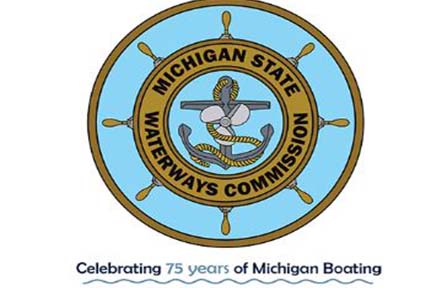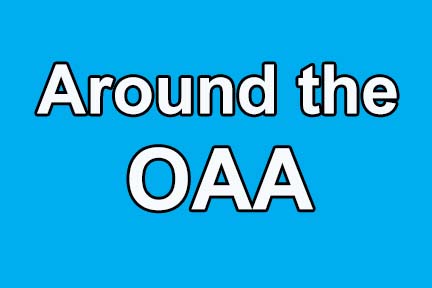The MHSAA made more changes during their spring meetings in Gaylord on Friday afternoon.
The most noticeable changes will be in football with the intro of instant replay. The coaches will have one challenge very similar to the NFL. They can challenge incomplete passes, laterals, and targeting calls along with other things. If they lose the challenge they will lose a timeout. Also players can wear shoulder pads when they are at camps.
Basketball will switch seasons with the boys going first for two years in 2023-2024 and 2024-2025 school years because of Michigan State possibly hosting Women’s NCAA Tournament games.
Baseball and softball will have two separate sight selection committees to determine where the district and regional rounds will be played.
In hockey, they will use the MPR system to seed the entire regional.
In golf, the number of strokes goes down from 12 to 10 and they will be allowed two coaches to be present during postseason competition.
In soccer, the two top seeds can host games if they are not played at the prearranged host site.
In Middle School track and field, they could conduct regionals starting next year.
The fifth quarter rule was addressed as well. The MHSAA Representative Council approved a Soccer committee recommendation allowed athletes to play no more than three halves on a day not followed by a school day. They also approved that violators of the fifth quarter rule must forfeit the game and that the head coach would have to sit out a game. Also the fifth quarter rule would be applied to Middle School Basketball as well.
It will be very interesting to see what happens but several of these changes are huge. We shall see what happens.
Stay tuned to OAA Now for the latest on this developing story.
Here is the press release from the MHSAA Representative Council.






 Boating has been a human pursuit for at least 8,000 years, with waters tempting us toward adventure, providing food and helping to build cities and economies. Those motivations for taking to the water have persisted and are still true today.
Boating has been a human pursuit for at least 8,000 years, with waters tempting us toward adventure, providing food and helping to build cities and economies. Those motivations for taking to the water have persisted and are still true today.




